British Wildlife Photography Awards 2023: Check out the amazing young winners and finalists
- Published
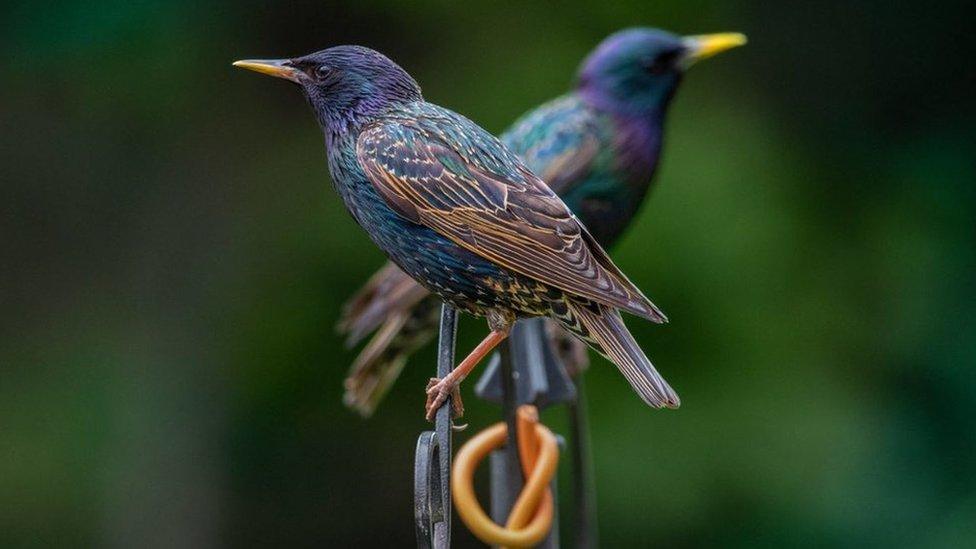
Maddison Foreman took this photo of these two starlings which they spotted in the town of Knottingley in West Yorkshire. Whilst they might appear black at a distance, as this close-up pic shows, starlings actually have glossy feathers with colourful sheens of purples and greens!
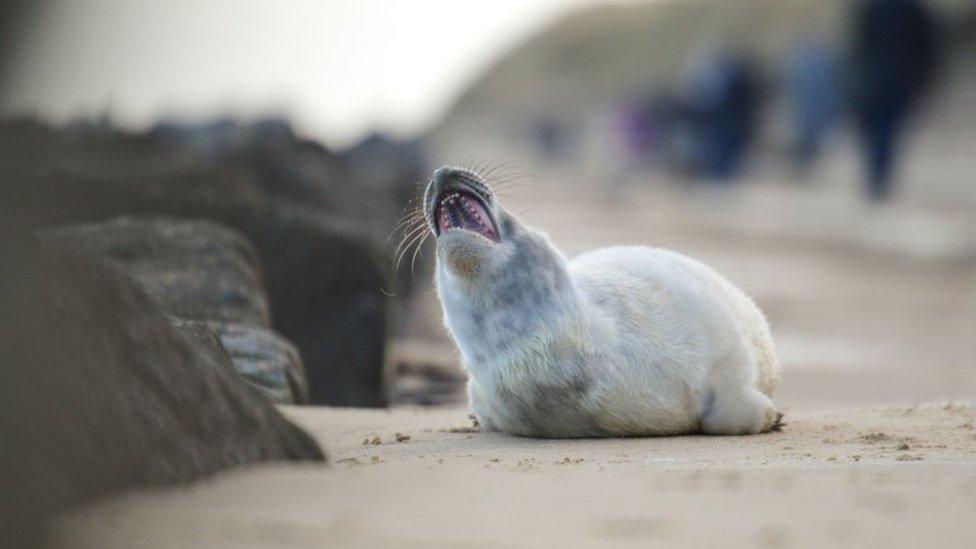
Now THAT is one sleepy seal! Did you know that seals can sleep both in the water and on land? While there are more than 30 different species of seal, there are only two types which are found in UK waters - the common (harbour) seal and the grey seal.
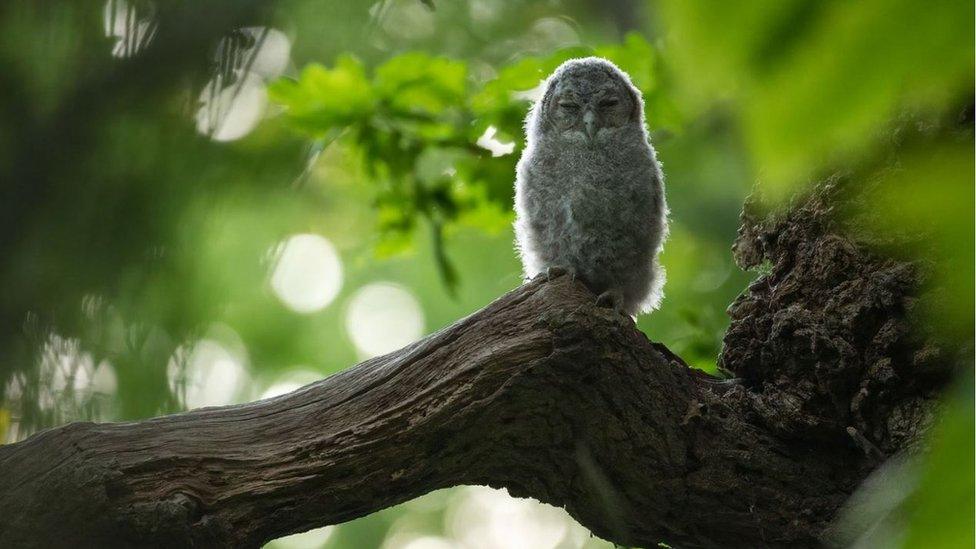
This year's winner of the RSPB Young British Wildlife Photographer of the Year was awarded to Billy Evans-Freke who won the '15-17 Years' category with this picture of a tawny owl. It wasn't easy finding this elusive owl though - after hearing a "high-pitched squeak" it took at least ten minutes before he "caught a white ball of fluff in the corner of my eye" and spotted the young owl. "I manoeuvred myself into a better position so that I had a nicer background and started taking shots," Billy added.
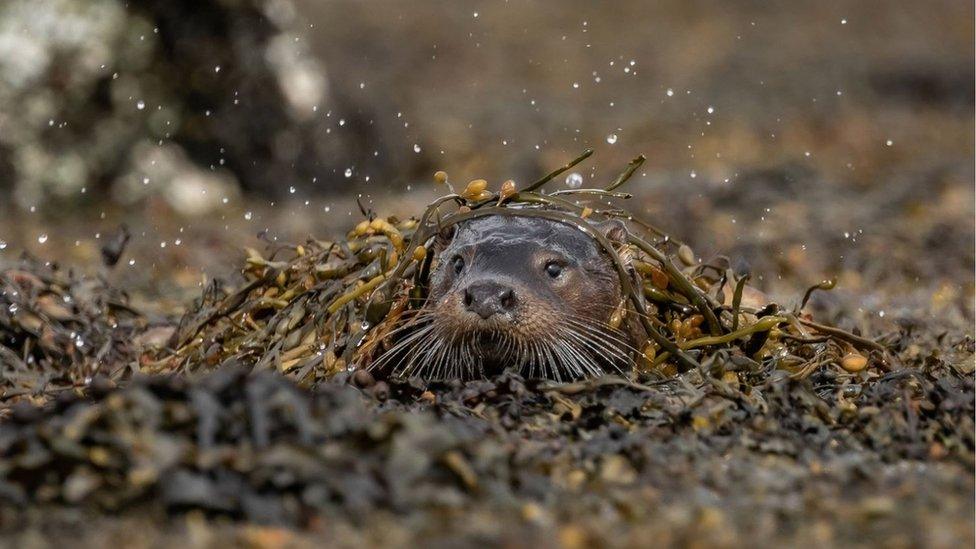
This picture of a camouflaged Eurasian otter was taken on the Isle of Mull, off the west coast of Scotland by Joel Osborn. These semi-aquatic mammals can be found all along the island's 300 miles of coastline. They can reach nearly a metre in length and are the only wild otter species found in the UK.
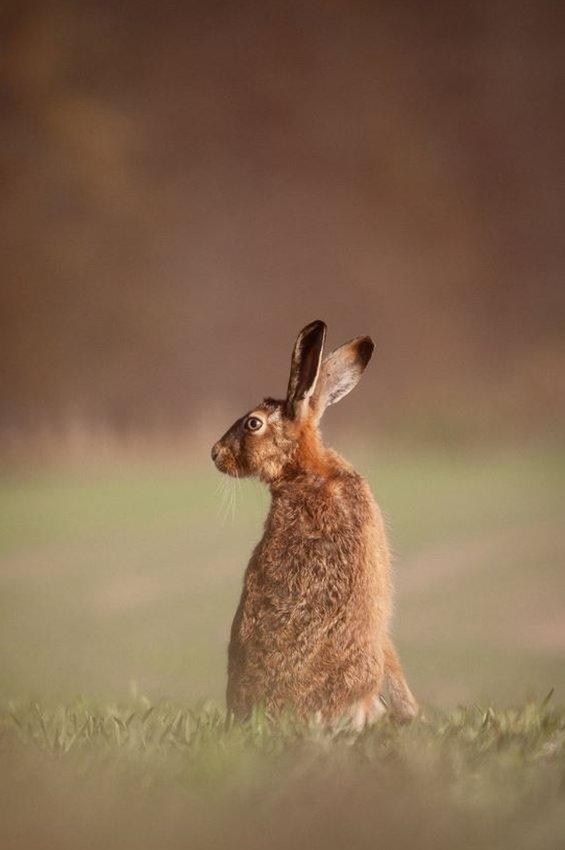
Felix, who took this photo of a brown hare, said it took a lot of patience to get the shot. He explained: "I had spent a lot of time out in the fields watching different individual groups, learning about their behaviour." Well, it certainly paid off as it was crowned the winner of the '12-14 Years' category!
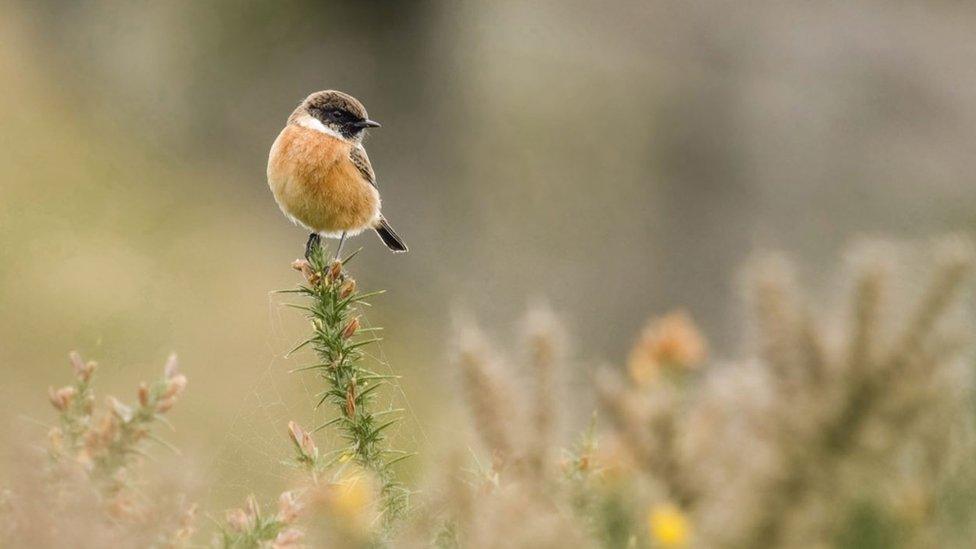
William's photo stars a male stonechat - a robin-sized bird which can be identified by its black head and orange-red breast. Stonechats can often be found flicking their wings on the tops of low bushes such as gorse. Did you know that this bird's name comes from its call, which sounds like two little stones being hit together!
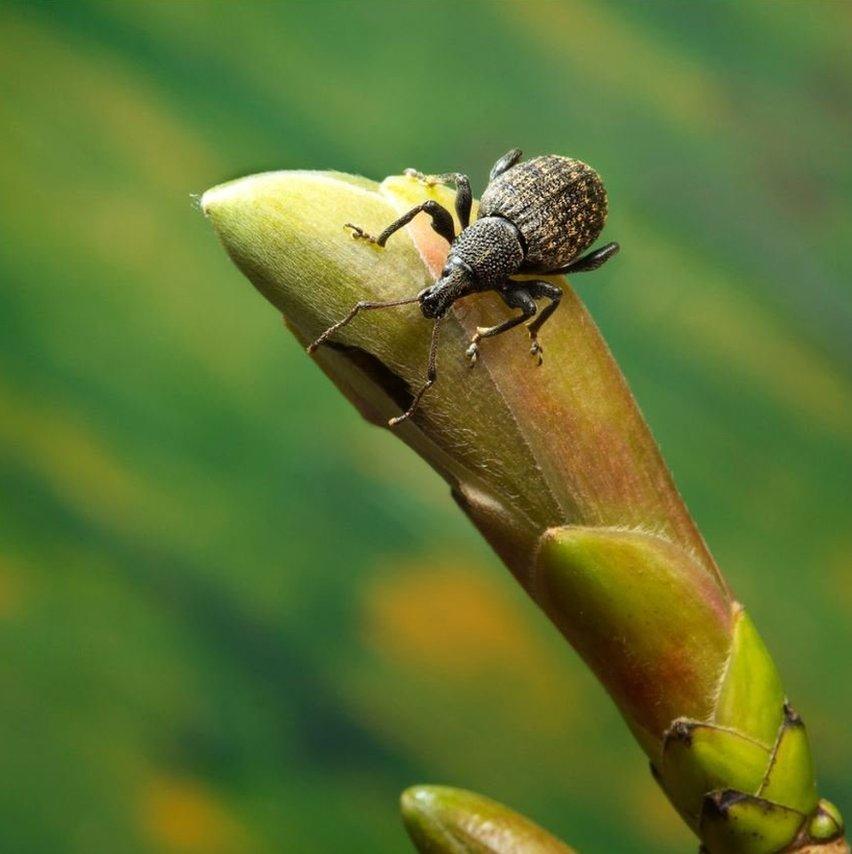
When Wilbur kept finding vine weevils coming from a pot plant at his grandparent's house in Devon, he decided to take a close-up photo of it! It was voted the winner of the '11 and under' category.
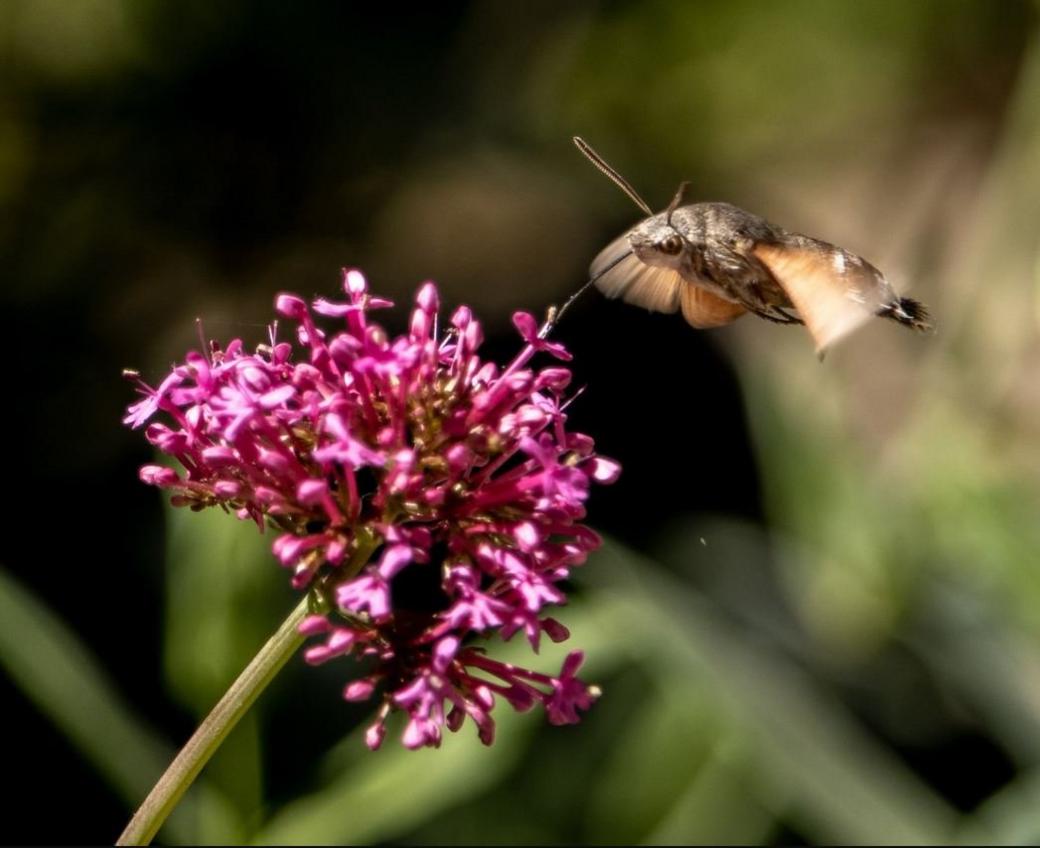
Talk about an action shot! The hummingbird hawk-moth's wings beat so quickly that they can be seen only as a haze. They dart from one flower to the next with the long proboscis gathering nectar just like a hummingbird does - hence the name! Good shot Whitaker!
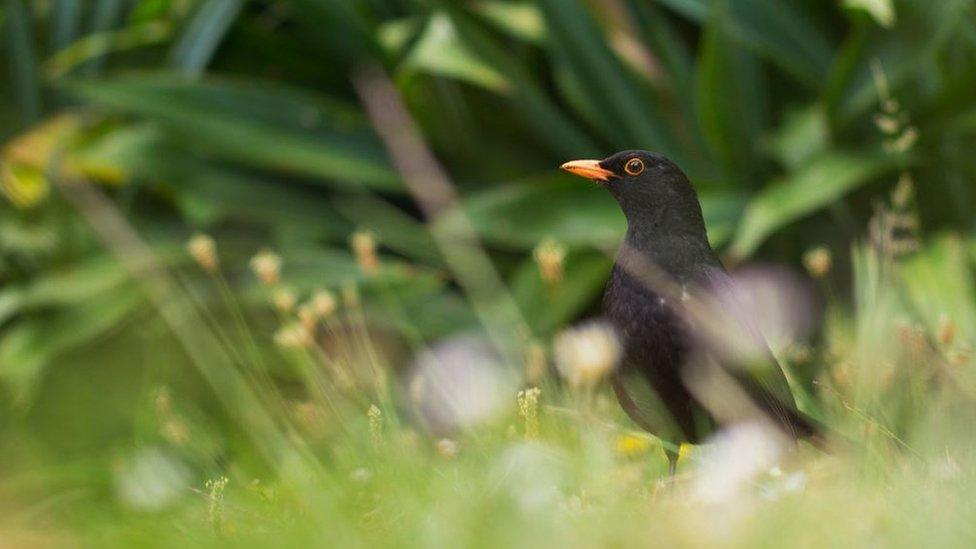
This unmistakable sight is of a blackbird - one of the most common birds in Europe. The male has glossy black plumage and a bright orange bill and ring around its eye. As you can see in Wilbur's picture, despite their name, female blackbirds are actually brown, often with spots and streaks on their feathers.
